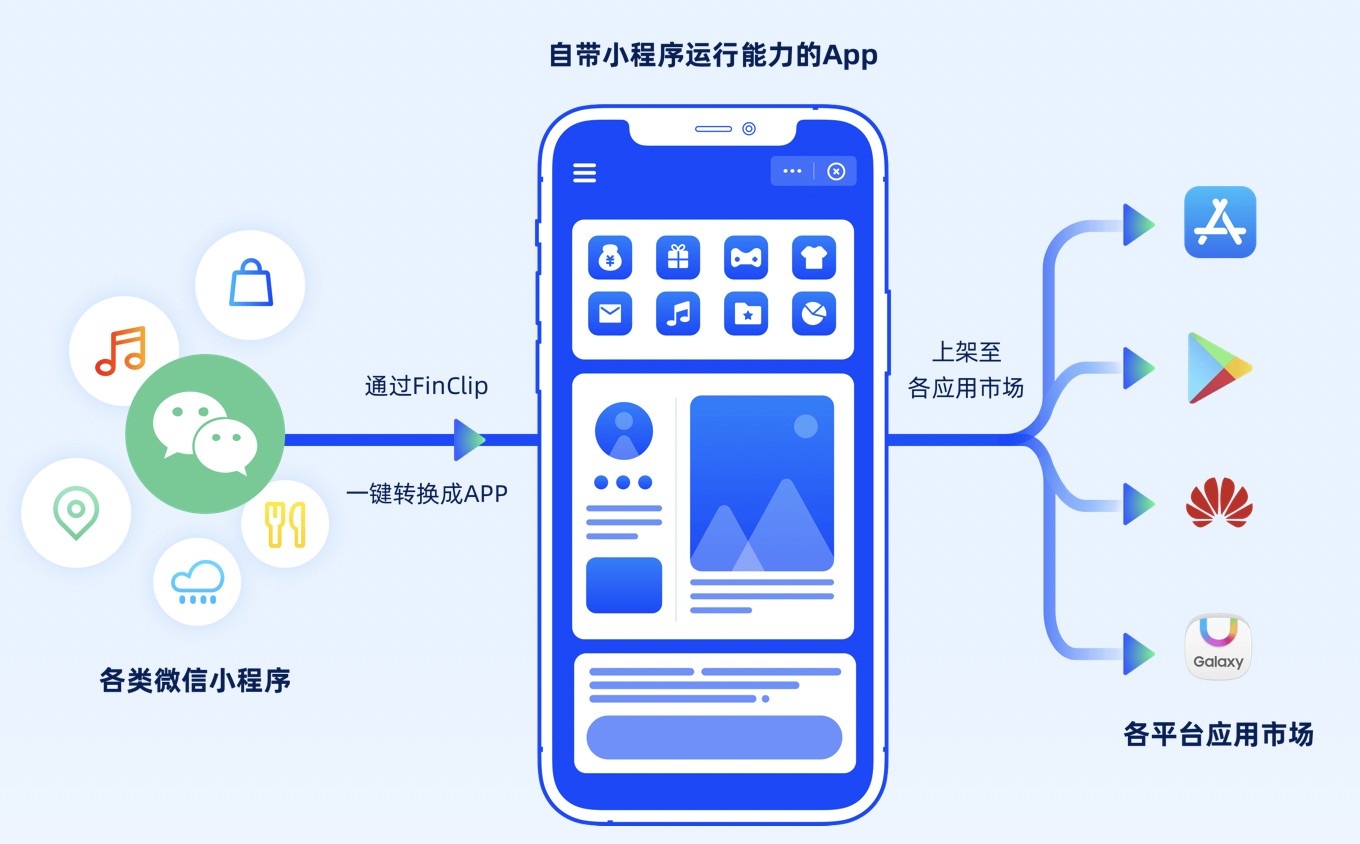前提

复杂场景中有不少数据需要在多个不同页面间来回使用和修改。但是小程序页面直接的数据通信方式十分的简单。通常情况需要自己维护一个全局的对象来存放共有数据。但是,简单的维护一个共有数据实体,会随着业务逻辑的不断复杂化而变的过分庞大,并且数据的修改往往无法很好的溯源。加之公共数据实体中数据的修改和页面的UI之间没有太好的同步手段,往往需要在页面和对应的数据实体中同时都维护一份相同的数据,操作十分的不方便。
之前使用过Taro以react+redux的结构来开发微信小程序,依托redux整体上可以解决上述的问题。但是Taro本身也有着一些让人无法接受的潜在问题。本着能用原生就绝不使用第三方二次封装的库的原则。一直想尝试一下在原生微信小程序开发中接入redux。
需要解决的问题
1、redux库的接入
2、页面UI与redux数据的绑定
redux库的引入
1、redux的安装,使用 npm与yarn 都可以。
具体到redux中文官网如下:https://www.reduxjs-/introduction/getting-started/
2、微信小程序引入外部npm包。
使用微信小程序IDEA,tools 中的 Build npm,生成miniprogram_npm。
3、redux库ReferenceError: process is not defined报错的解决。
因为微信小程序Build npm工具,构建时不会引入nodeprocess环境变量,但是redux对不同env做了对应的优化。所以导致构建出来的包缺失process变量。最便捷的解决方法是在构建完成的包中自己注入需要的process。
这样基本可以解决所有第三方库遇到的process参数缺失的问题。如果每次运行Build npm工具后都需要手动修改。如果有多个第三方库需要手动修改,那就很麻烦。所以很有必要通过脚本,使用ast树等工具完整动态修改,节省人力成本(这个后续介绍)
综上,redux的引入就完成了。
在项目中添加redux
1、store的创建
使用combineReducers合并不同的实体,使用createStore创建store实体,并导出。为了数据的统一性,redux的原则是一个项目只初始化一个store,所以后续任何的操作都是在当前生成的store中进行。
合并数据实体:
?
1
2
3
4
5
6
7
8
9
10
11
12
13
14
const { combineReducers } = require(redux);
const testItem = require(./testItem/index);
const testItem2 = require(./testItem2/index);
const user = require(./user/index);
const reducer = combineReducers({
testItem: testItem.testItem,
testItem2,
user
});
module.exports = {
reducer
}
导出store:
?
1
2
3
4
5
6
7
8
9
10
11
12
const { createStore, applyMiddleware } = require(redux);
const { reducer } = require(./reducers);
const { logger } = require(redux-logger);
const store = createStore(
reducer,
applyMiddleware(logger)
)
module.exports = {
store
}
2、全局维护store
这里和react中的使用方法不同。微信小程序没有对应的控件来全局维护store,所以我的做法是直接在,app.js的globalData中维护,这样每个页面都可以直接获取到store
app.js:
模拟connect方法
在react中,connect方法是通过高阶组件的方式实现的,但是这个方法并不适用微信小程序。好在redux有提供subscribe方法来监听store中数据的变化。所以初步设计:
1、每当页面计入或显示的时候,添加监听,页面隐藏或销毁时销毁监听
2、添加完监听后,模拟 mapState 方法,把对应 redux 中的数据注入到页面的data中
3、当监听到redux中数据变化时,更新页面data,从而实现页面UI刷新
4、模拟mapDispatch方法,为页面提供修改store数据的方法
pageW.js:
?
1
2
3
4
5
6
7
8
9
10
11
12
13
14
15
16
17
18
19
20
21
22
23
24
25
26
27
28
29
30
31
32
33
34
35
36
37
38
39
40
41
42
43
44
45
46
47
48
49
50
51
52
53
54
55
56
57
58
59
60
61
62
63
64
65
66
67
68
69
70
71
72
73
74
75
76
77
78
79
80
81
82
83
84
85
86
87
88
89
90
91
92
93
94
95
96
97
98
99
100
101
102
103
104
105
106
107
108
109
110
111
112
113
114
115
116
117
118
119
120
121
122
123
124
125
126
127
128
129
130
131
const { store } = require(../redux/index);
const initPage = (params = {}, connect = []) => {
const {
onLoad = ()=>{},
onShow = ()=>{},
onHide = ()=>{},
onUnload = ()=>{},
data = {}
} = params;
const newPage = {
...params,
// ----------------
OnLoad(...p) {
onLoad.bind(this)(...p);
},
OnShow(...p) {
onShow.bind(this)(...p);
},
OnHide(...p) {
onHide.bind(this)(...p);
},
OnUnload(...p) {
onUnload.bind(this)(...p);
},
// ----------------
// 清空监听
clearStoreSubscribe() {
if (this.storeSubscribe) {
this.storeSubscribe();
this.storeSubscribe = undefined;
}
},
// 获取redux 中 data
getNewData() {
const newItems = {};
const state = this.$store.getState();
if (connect) {
if ( Array.isArray(connect) ) {
connect.forEach((key) => {
const value = state[key];
if (value && this.data[key] !== value) {
newItems[key] = value
}
})
} else if (typeof connect === function) {
const list = connect(state) || {};
Object.keys(list).forEach((key) => {
const value = list[key];
if (value && this.data[key] !== value) {
newItems[key] = value
}
})
}
}
return newItems;
},
// 监听 redux 变化
handleReduxChange() {
this.setData({
...this.getNewData(),
});
},
// ----------------
data: {
...data
},
onLoad(...p) {
const app = getApp()
this.$store = app.globalData.$store;
this.setData({
...this.getNewData(),
});
this.OnLoad(...p);
this._isOnLoad = true;
},
onShow (...p) {
if (!this.storeSubscribe) {
this.storeSubscribe = this.$store.subscribe(()=>this.handleReduxChange());
}
if (!this._isOnLoad) {
this.setData({
...this.getNewData(),
});
}
this.OnShow(...p);
this._isOnLoad = false;
},
onHide(...p) {
this.OnHide(...p);
this.clearStoreSubscribe();
},
onUnload(...p) {
this.OnUnload(...p);
this.clearStoreSubscribe();
},
// ----------------
dispatch(...p) {
if (this.$store) {
return this.$store.dispatch(...p);
}
}
}
return newPage;
}
const PageW = (params = {}, mapState = [], mapDispatch = ()=>{}) => {
const page = initPage({...params}, mapState);
const dispatchList = mapDispatch(store) || {};
page.mapDispatch = {
...dispatchList
};
return Page(page);
}
module.exports = PageW;
PageW 中主要考虑和不足 如下问题:
1、为了保持微信小程序原有生命周名称不变,所以事先劫持了传入页面的生命周期,然后用bind重新在对应生命周期完成后触发。
2、因为redux更新数据,都会生成一个新的数据对象,所以每当监听到数据变化,新数据和老数据会进行对比,每次setData,只放入确实发生变化的数据
3、页面中的data,既维护了默认页面创建的data数据,又加入了redux connect 后的数据,但是目前没有对这个两个数据的命名进行安全的区分,所以页面原生data中的数据名称必须与 connect 注入的数据不同。
测试页面:
导入了testItem, testItem2两个数据,导入了add2一个方法
?
1
2
3
4
5
6
7
8
9
10
11
12
13
14
15
16
17
18
19
20
21
22
23
24
25
26
27
28
29
30
31
32
33
34
35
36
37
38
39
40
const PageW = require(../../pageW/index);
const { ActionsFun } = require(../../redux/testItem/actions);
const page = {
data: {
wwj: 4
},
onLoad() {
console.log(sub onLoad);
},
onShow() {
},
toTest() {
console.log(toTest);
wx.navigateTo({
url: /pages/test/index
})
},
button1() {
console.log(button1);
this.mapDispatch.add2();
},
button2() {
const { wwj } = this.data;
this.setData({
wwj: wwj + 2
});
},
}
const mapState = [ testItem, testItem2 ];
const mapDispatch = ({dispatch}) => {
return {
add2: (params) => dispatch(ActionsFun.add(params))
}
}
PageW(page, mapState, mapDispatch);
到此这篇关于原生微信小程序开发中 redux 的使用详解的文章就介绍到这了,更多相关小程序 redux使用内
您可能感兴趣的文章:在小程序中集成redux/immutable/thunk第三方库的方法微信小程序Redux绑定实例详解


暂时没有评论,来抢沙发吧~